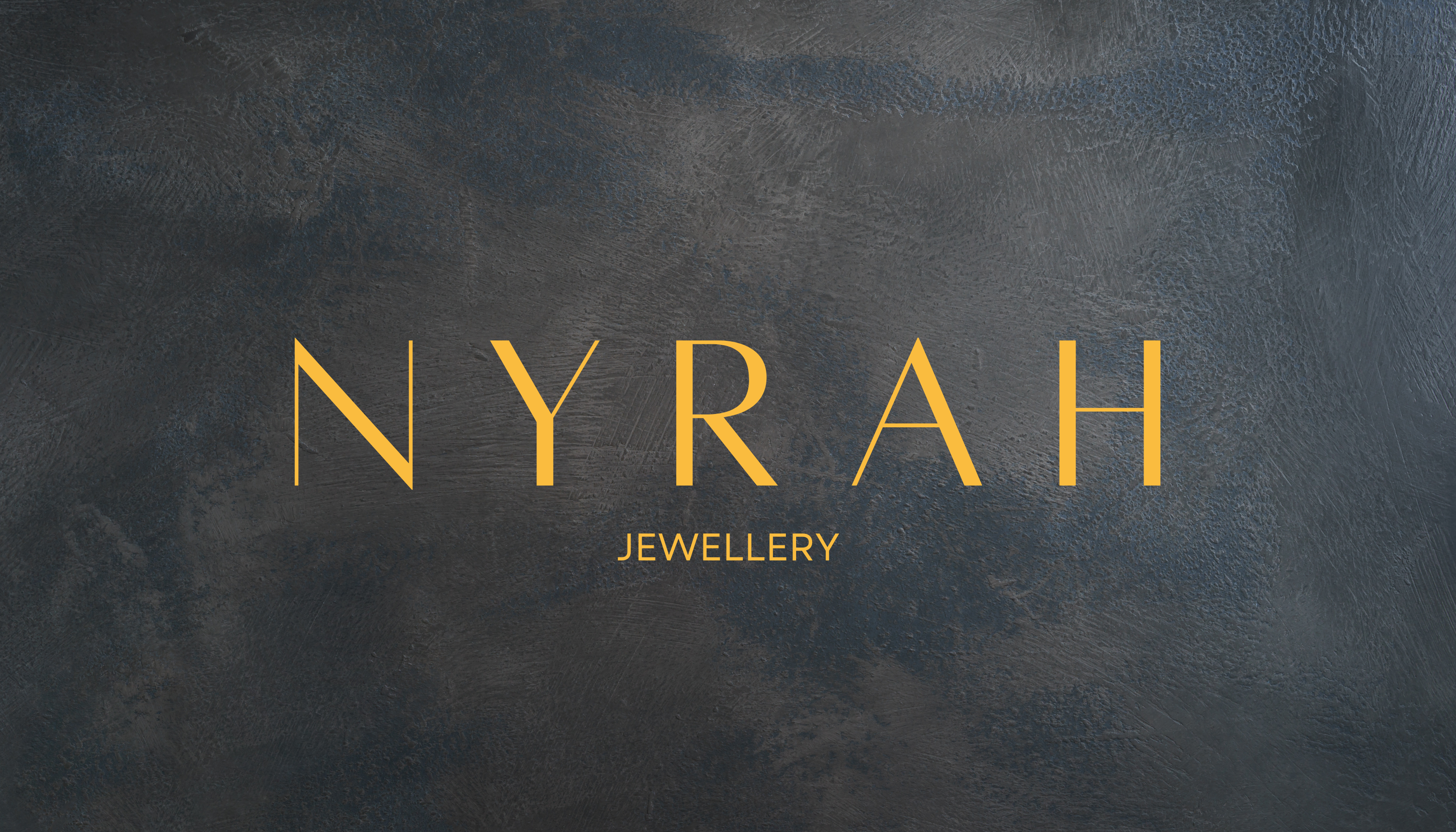Diamond Education: Your Guide to Understanding Diamonds
Welcome to our Diamond Education Center!
Whether you’re buying your first diamond or you’re a seasoned enthusiast, understanding diamonds is essential for making an informed purchase. Our goal is to provide you with all the knowledge you need to choose the perfect diamond for any occasion.
1. What Are Diamonds?
Definition of a Diamond:
Diamonds are the hardest natural material on Earth, formed deep within the Earth’s mantle over billions of years under intense pressure and heat. They are composed of pure carbon atoms arranged in a crystal lattice structure, which gives them their exceptional hardness and brilliance.
Why Diamonds Are Special:
Diamonds are unique because of their brilliance, durability, and symbolism. They have been treasured for centuries and are a symbol of love, commitment, and luxury.
2. The 4 Cs of Diamonds
When it comes to choosing the perfect diamond, you’ll often hear the term “4 Cs.” This is the standard that gemologists use to evaluate diamonds. Understanding each of these factors will help you make a well-informed decision.
Cut
- The cut of a diamond is the most important factor in determining its beauty. A well-cut diamond will reflect light brilliantly, enhancing its sparkle.
- The cut includes the proportions, symmetry, and polish of the diamond.
- Diamond cut grades range from Excellent to Poor.
Color
- Diamonds come in a wide range of colors, but the rarest and most valuable diamonds are colorless.
- The color scale ranges from D (colorless) to Z (light yellow or brown).
- D, E, and F diamonds are considered colorless, G to J are near-colorless, and anything below K has noticeable color.
Clarity
- Clarity refers to the presence of internal or external imperfections, called inclusions and blemishes.
- The scale ranges from Flawless (FL) to Included (I1, I2, I3), with VS (Very Slightly Included) and SI (Slightly Included) grades being the most common for fine diamonds.
Carat Weight
- Carat weight measures the size of the diamond. While larger diamonds are rarer and more valuable, a diamond’s size should not be the only consideration. Balance size with quality for the best value.
- One carat equals 0.2 grams.
3. Understanding Diamond Shapes
Diamonds come in various shapes, each with its unique appeal. The shape of a diamond refers to its outline and overall form, not to be confused with its cut quality.
- Round: The most popular and traditional shape, known for its brilliance.
- Princess: A square or rectangular shape, offering modern and elegant appeal.
- Cushion: A soft square or rectangular shape with rounded corners, often compared to a pillow.
- Emerald: A rectangular shape with trimmed corners and step-cut facets that emphasize clarity.
- Oval: An elongated round shape, offering a larger look than round diamonds.
- Pear: A combination of round and marquise shapes, resembling a teardrop.
- Asscher: Similar to emerald but square in shape, known for its vintage feel.
- Marquise: An elongated oval shape with pointed ends, maximizing carat weight.
4. Diamond Certification
A diamond’s quality is validated by certification from a reputable gemological laboratory. The most trusted certificates are from:
- GIA (Gemological Institute of America)
- AGS (American Gem Society)
- HRD (Hoge Raad voor Diamant)
These certificates provide detailed reports on the diamond’s cut, color, clarity, carat weight, and sometimes additional factors like fluorescence and proportions.
5. Diamond Engagement Rings: Choosing the Right One
An engagement ring is a significant investment and a symbol of your commitment. Here are some tips to help you select the perfect engagement ring:
Setting Styles
- Solitaire: A single diamond on a band for a classic, timeless look.
- Halo: A central diamond surrounded by smaller diamonds for added sparkle.
- Three-Stone: Symbolizes the past, present, and future with three diamonds.
- Vintage: Rings with a retro or antique design for a unique, romantic touch.
- Bezel: A modern setting that encircles the diamond with metal for extra security.
Ring Size and Comfort
Make sure to get the correct ring size for comfort and fit. Many jewelers offer resizing services, but it’s best to get an accurate measurement beforehand.
6. Diamond Care and Maintenance
To keep your diamond looking beautiful for years to come, follow these simple maintenance tips:
- Cleaning: Clean your diamond regularly using a soft cloth and mild soap solution. Avoid using harsh chemicals.
- Storage: Store diamonds separately from other jewelry to prevent scratching.
- Inspection: Have your diamond and setting checked by a professional jeweler every 6-12 months to ensure it remains secure.
Ready to Shop?
Explore our collection of certified diamonds today and find the perfect one for your special moment!
Shop Now


